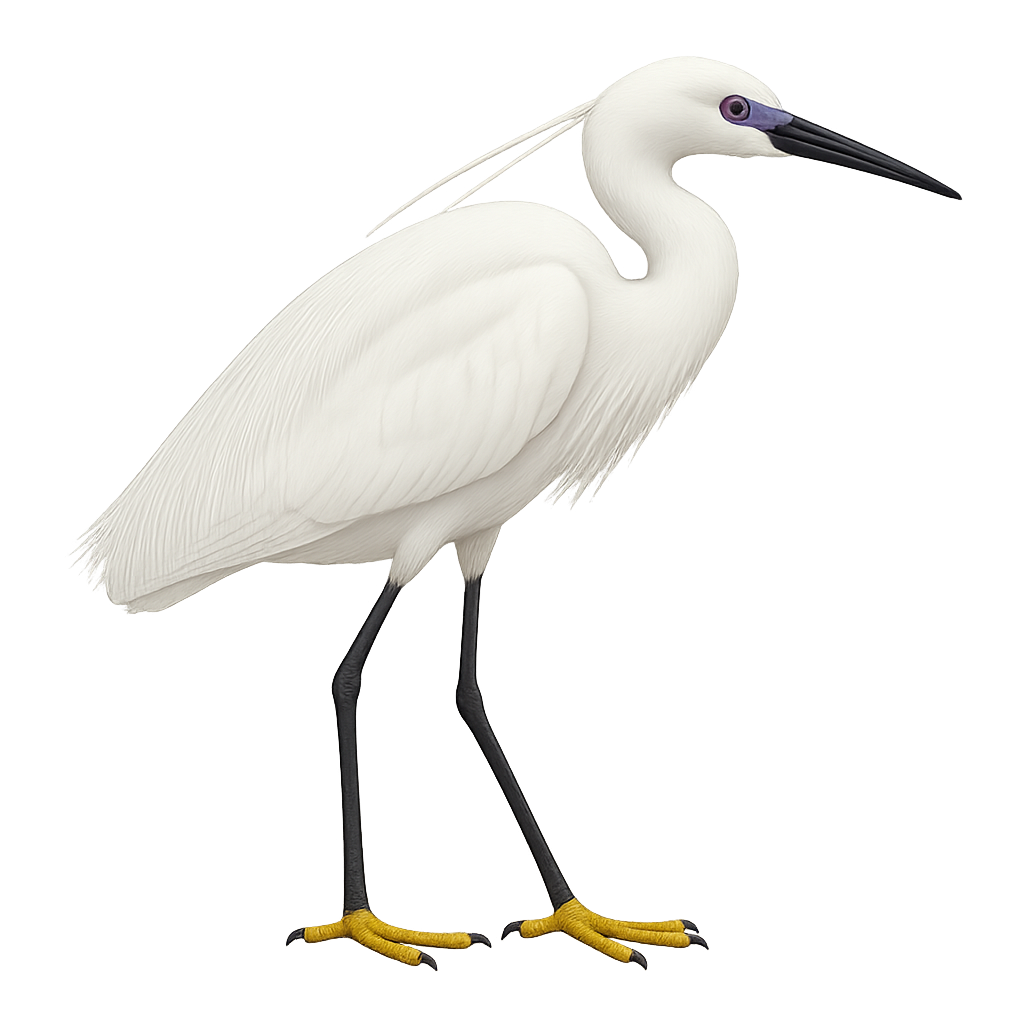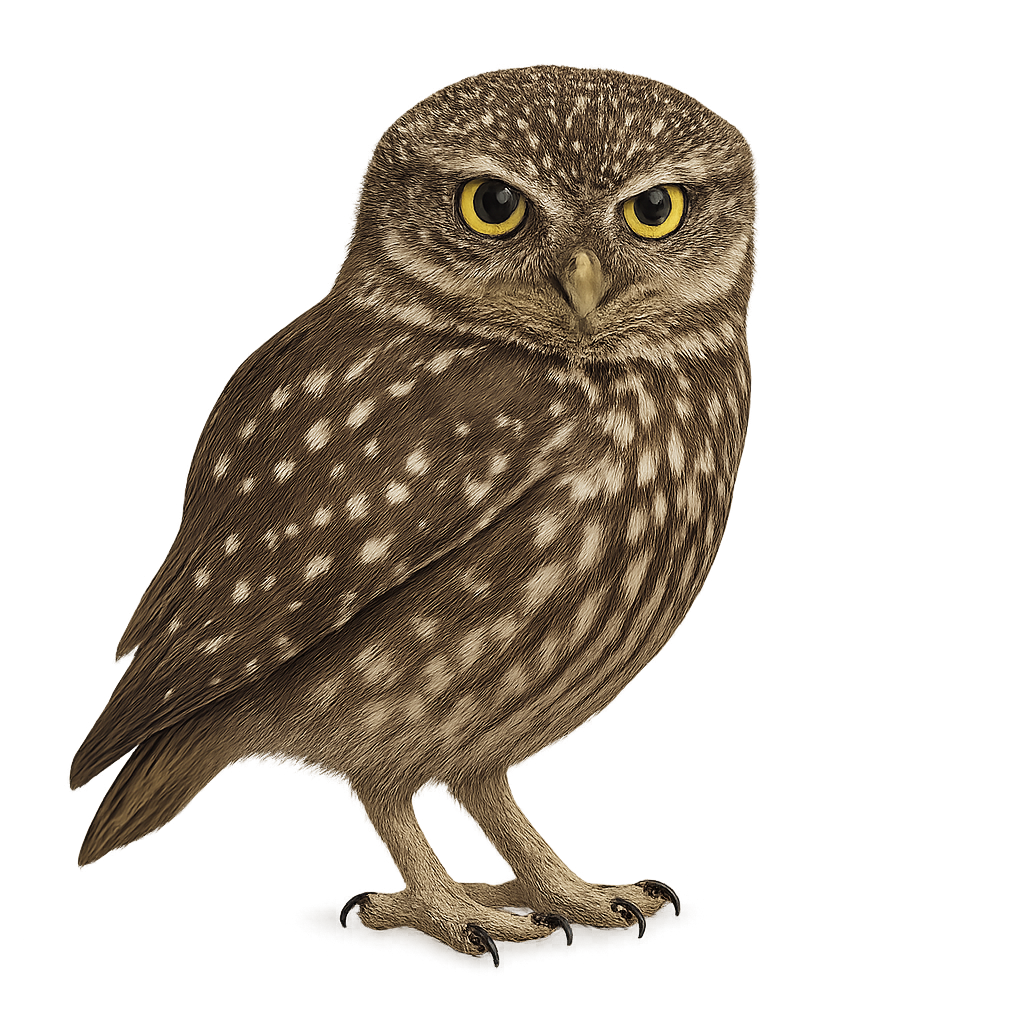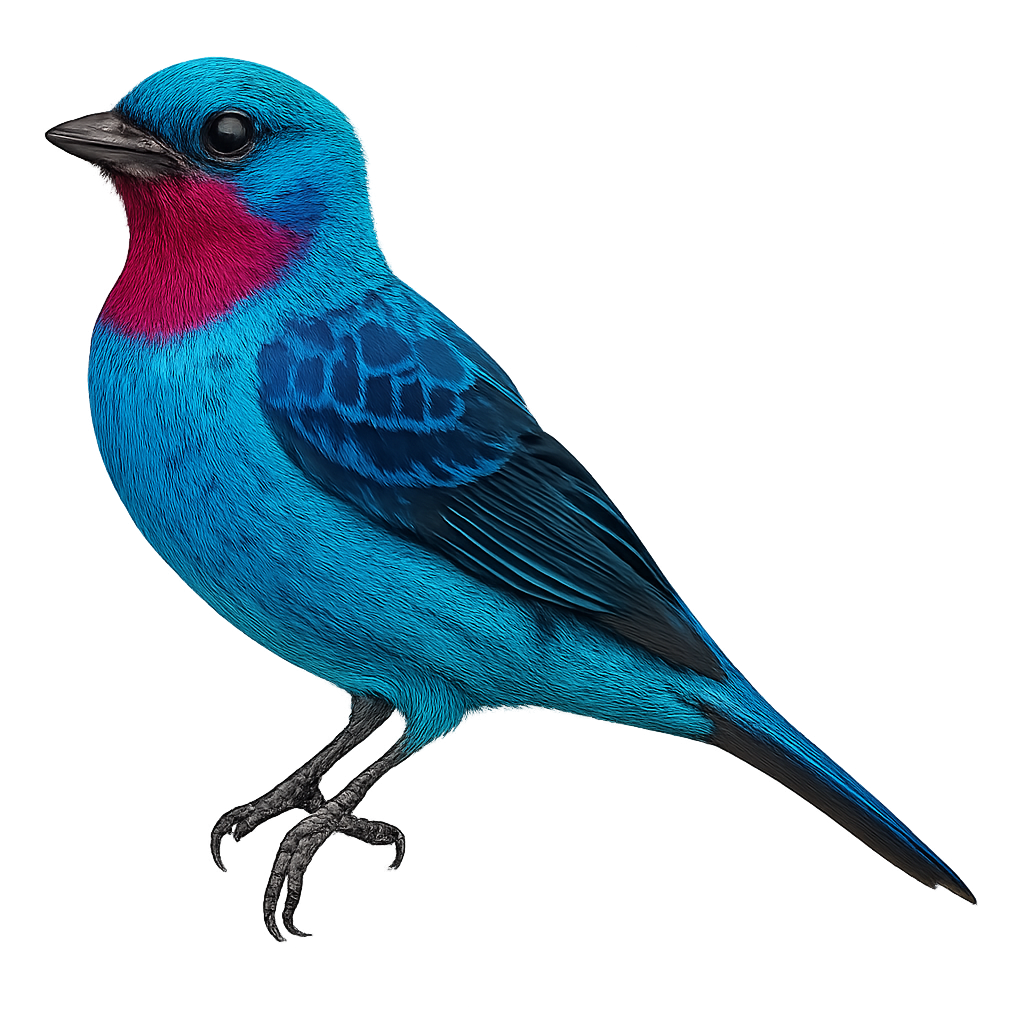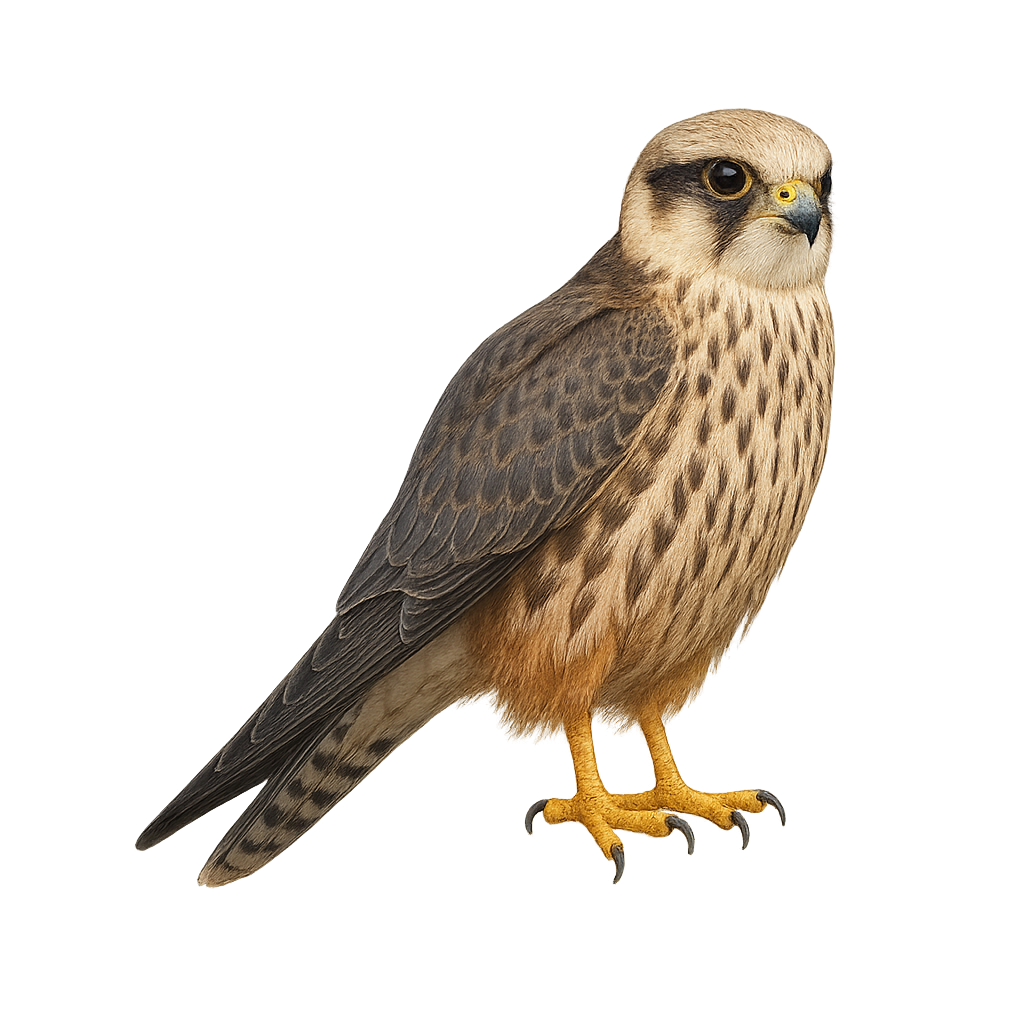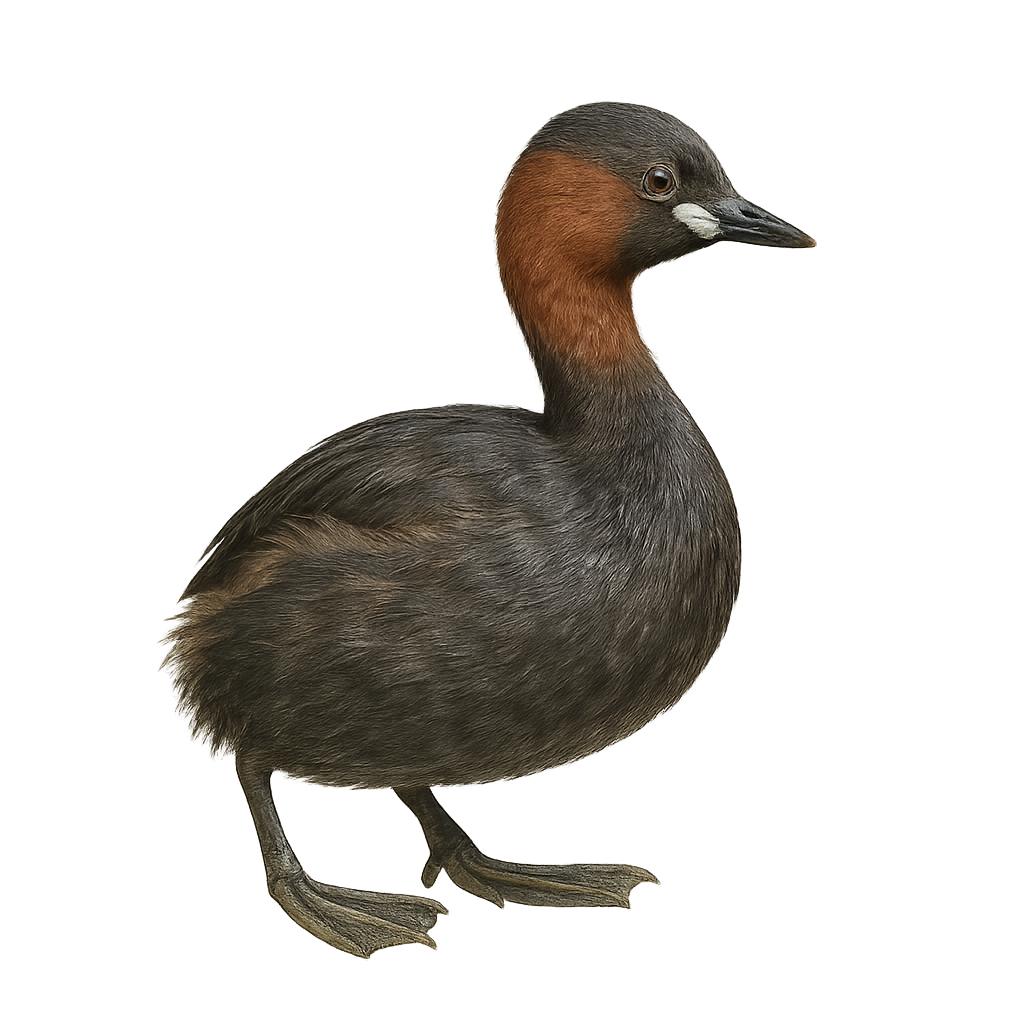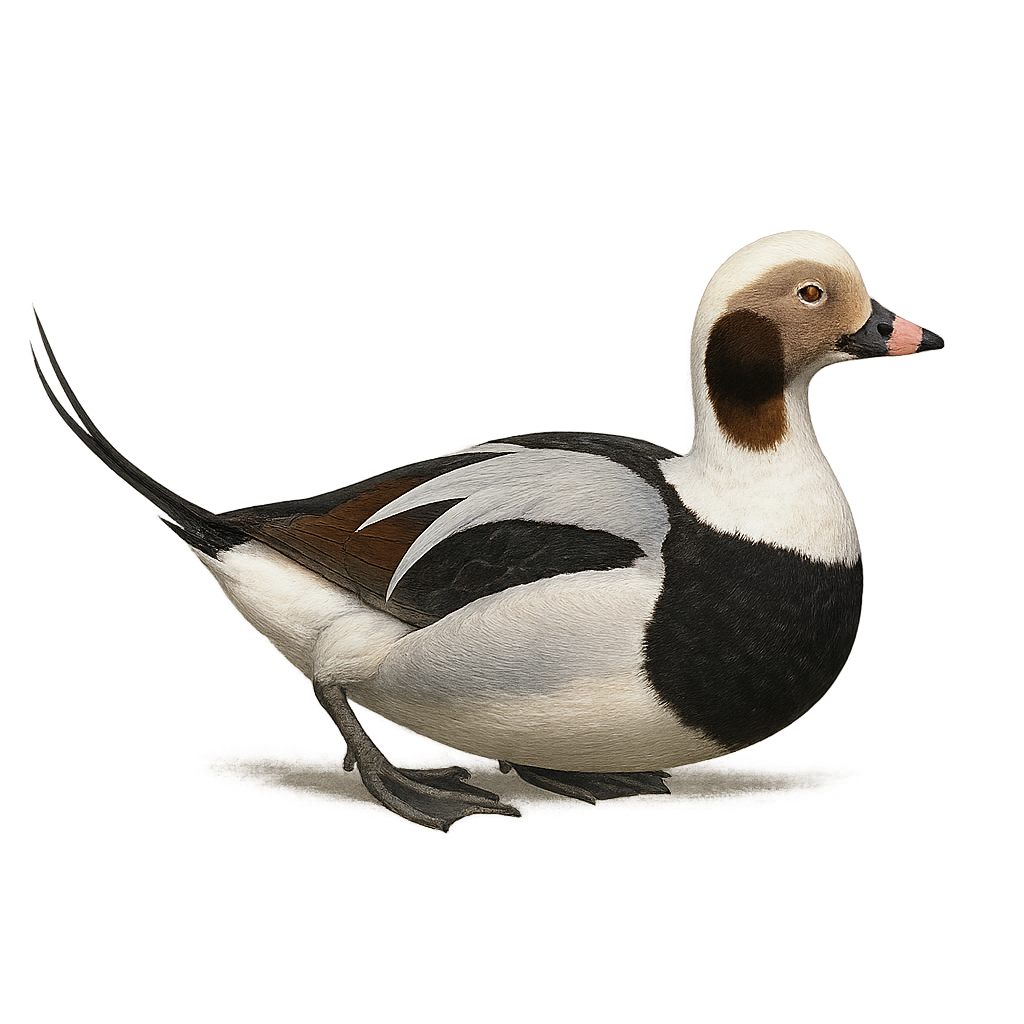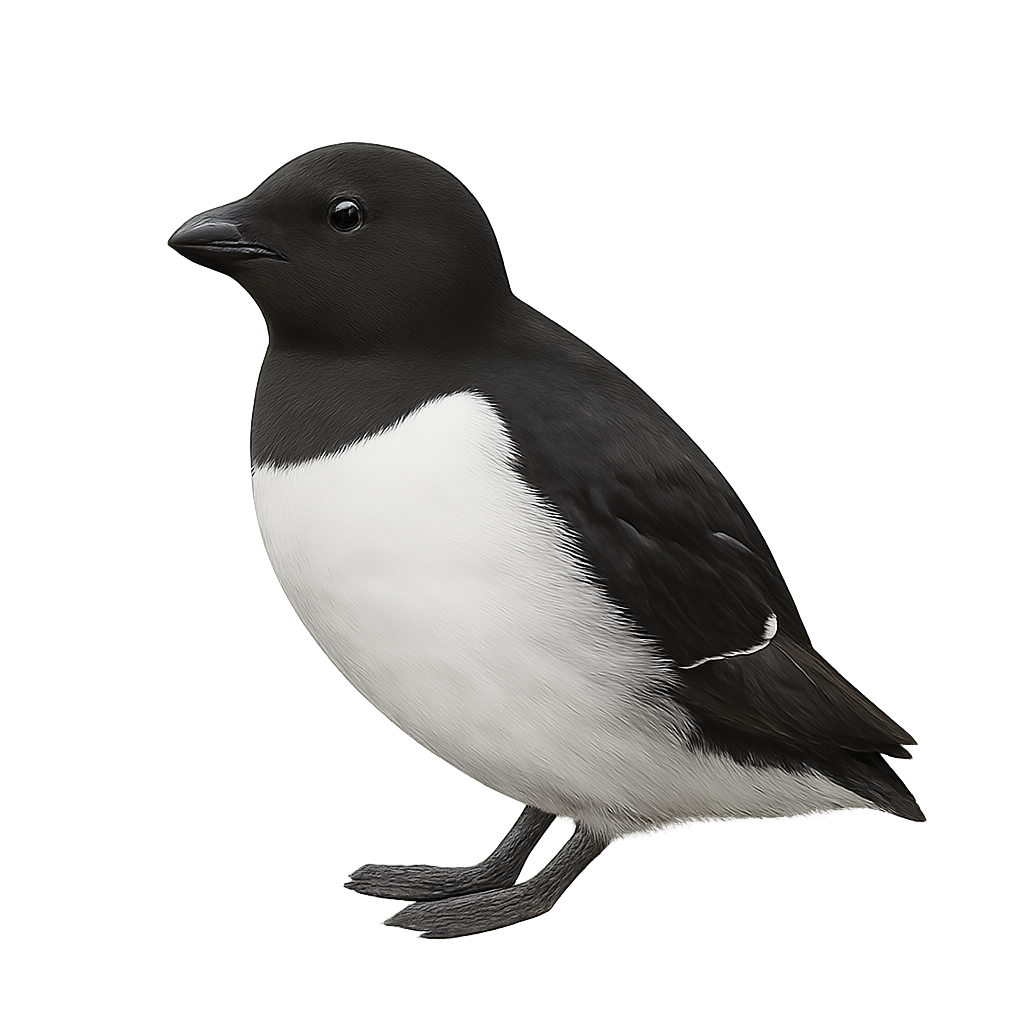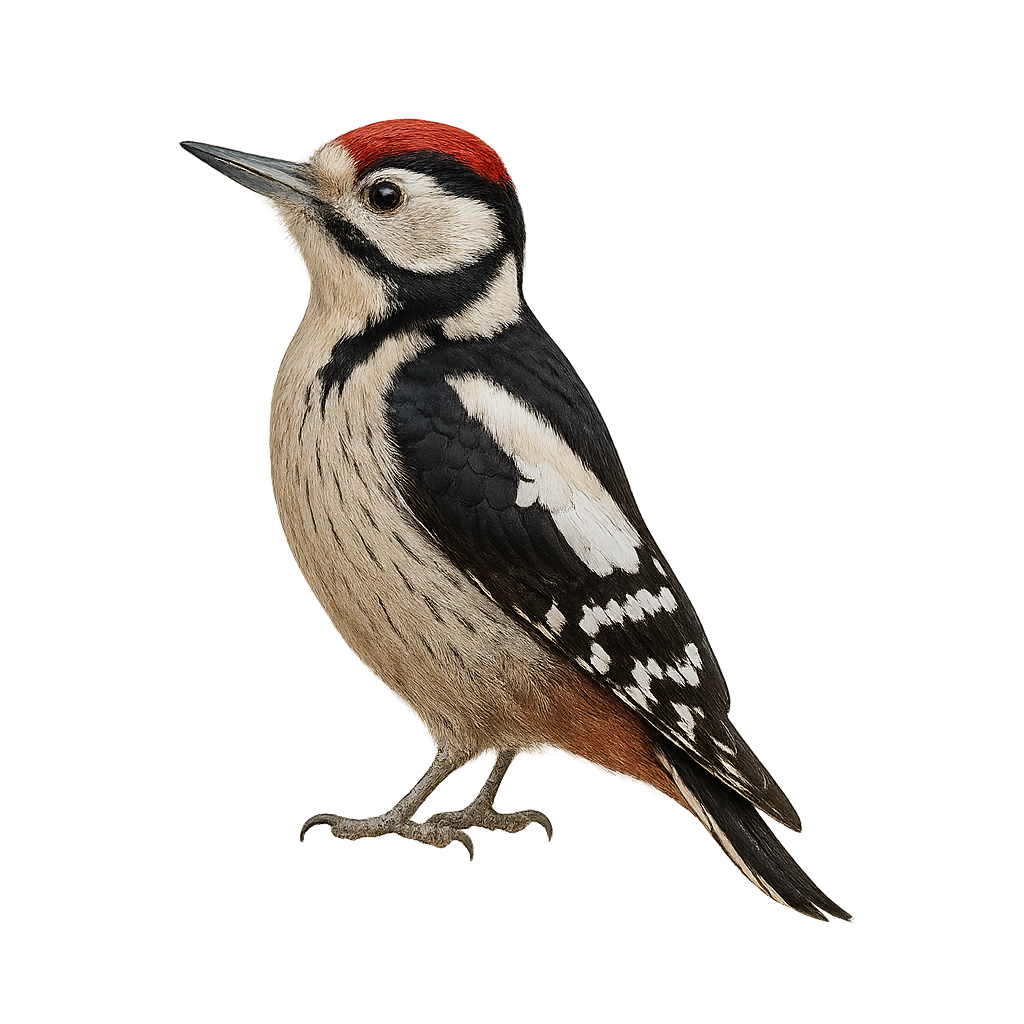Animal Species Profiles:
Mammals, Birds, Reptiles & More
Explore wildlife from around the world with the species profiles on WildlifePhotographer. Mammals, birds, reptiles… For each species, you’ll find key information such as habitat, observation periods, distribution, and photography tips. Want more details and advanced features? Download the full app for the complete experience.
Little Egret
Egretta garzetta
The Little Egret is an elegant bird, easily recognized by its pure white plumage and long black legs. It is mainly found in wetland areas of Europe, Asia, and Africa, where it hunts small fish, insects, and crustaceans. This small heron is known for its graceful behavior, moving slowly through shallow waters to spot its prey. During the breeding season, it sports spectacular nuptial plumes that add to its beauty.
The Little Egret is a social bird, often feeding in groups in marshes and lagoons, creating scenes of great beauty.
Little Bittern
Ixobrychus minutus
The Little Bittern is a small and discreet heron, particularly hard to observe due to its brown and beige plumage, which allows it to blend perfectly into the vegetation of marshes, ponds, and rice fields. This heron is about 30 cm long and is known for its furtive behavior and quick, low flight. It primarily feeds on small fish, aquatic insects, and amphibians, hunting silently as it sneaks through the grasses or hides in reed beds.
This small heron is mainly active at dusk and during the night, making it even more discreet. While not directly threatened, the Little Bittern faces habitat loss due to the destruction of wetlands and the draining of marshes. The conservation of these habitats is crucial for the preservation of the species.
Little Owl of Athena
Athene noctua
The Little Owl is a small, distinctive owl, easily recognizable by its large yellow eyes and its generally gray-brown plumage marked with white spots. It has a stocky body and a round head, without the ear tufts typical of other owls. The Little Owl is often found in open areas such as fields, orchards, and agricultural sites, where it frequently perches on stones, posts, or low trees.
This nocturnal predator feeds mainly on small mammals, insects, and reptiles, which it hunts primarily at night. Although its population remains relatively stable in many parts of Europe, the Little Owl is threatened by habitat loss and changes in agricultural practices. The species benefits from some protections and is often associated with conservation efforts aimed at preserving its open habitats.
Lovely Cotinga
Cotinga amabilis
The Lovely Cotinga is a tropical bird notable for its vibrant plumage. The male displays a brilliant turquoise blue with a deep purple throat and chest, while the female has more subdued grayish-brown plumage with scaly patterns. This species inhabits lowland humid forests and woodland edges in Central America, from southern Mexico to Costa Rica. Primarily frugivorous, it plays a crucial role in seed dispersal. Although globally listed as "Least Concern," deforestation poses a threat to its natural habitats.
Lanner Falcon
Falco vespertinus
The Red-footed Falcon is a small raptor, particularly recognizable by its delicate plumage and vivid colors. It measures about 30 to 35 cm in length, with a wingspan of 70 to 80 cm, and weighs between 150 and 200 g. The adult male has a distinctive blue-gray plumage, with pointed wings and a lighter head, while the female is browner and slightly larger. The Red-footed Falcon primarily inhabits open areas such as meadows, agricultural fields, and steppes in Eastern Europe, Asia, and North Africa. It primarily preys on insects, small birds, and sometimes reptiles. This falcon is known for its ability to catch prey in flight, performing fast and precise maneuvers. It is particularly active at dusk and in the evening, hence its name "Red-footed" (referring to its late-day hunting). Although the species is not yet endangered, it is threatened by habitat loss and the decline of its prey populations.
Little Grebe
Tachybaptus ruficollis
The Little Grebe is the smallest European grebe, measuring about 29 cm in length with a wingspan of 40 to 45 cm. In breeding plumage, it has a bright chestnut throat and nape, giving it its name, and a yellow spot at the base of the bill. In non-breeding plumage, it is more subdued, with a dark brown back and a light belly. It inhabits wetlands such as lakes, ponds, marshes, and reed beds, where it can easily hide. It feeds primarily on aquatic insects, small crustaceans, tadpoles, and small fish. Reproduction occurs from March to July, with one or two clutches of 4 to 7 eggs each. The young are precocial and can swim and dive immediately after hatching. A partial migrant, it winters in the milder regions of Europe. Listed as Least Concern by the IUCN.
Long-tailed duck
Clangula hyemalis
The Common Eider is a medium-sized seabird, easily recognizable by its distinctive plumage and diving behavior. It measures about 40 cm in length, with a wingspan of 65 to 75 cm, and weighs between 500 and 900 g. Its plumage is primarily black and white, with a black head, a wide white band around the neck, and white spots on the wings. The male, during the breeding season, has a bright orange beak and a distinctive white line running from the beak to the back of the head. The Common Eider primarily inhabits the cold waters of the North Atlantic, notably around the coasts of Iceland, Greenland, Canada, and Northern Europe. It is an excellent diver, feeding mainly on small fish, crustaceans, and marine invertebrates, which it captures underwater. The Common Eider migrates southward during the winter. Although the species is not currently endangered, it is vulnerable to marine pollution, climate change, and disturbance of its breeding sites.
Long-eared owl
Asio otus
The Long-eared Owl is a medium-sized nocturnal raptor, easily recognizable by its large tufts of feathers shaped like "ears" on its head. It measures about 35 to 40 cm in length, with a wingspan of 85 to 100 cm, and weighs between 250 and 400 g. Its plumage is generally gray or brown with dark banded patterns, allowing it to blend perfectly in wooded and open forest areas. It has large yellow eyes and a disc-shaped face, like other owls, which helps it capture sound in the dark. The Long-eared Owl primarily inhabits forests, woodlands, and heathlands across Europe, Asia, and North Africa, where it primarily feeds on small mammals, such as voles, mice, and occasionally birds. It generally hunts at dusk, using its sharp vision and keen hearing to detect its prey. While the species is not endangered, it is vulnerable to deforestation and habitat loss.
Little blue penguin
Eudyptula minor
The Little Blue Penguin, also known as the Fairy Penguin, is the smallest of the penguin species, measuring about 30 to 40 cm in height and weighing between 1 and 1.5 kg. It has a distinctive blue-gray plumage on its back and wings, with a white belly. Its beak is short and dark, and its feet are pink or gray. The Little Blue Penguin primarily lives along the coasts of New Zealand and Australia, inhabiting colonies on beaches, islands, and cliffs. Unlike other penguins, the Little Blue Penguin is capable of swimming at impressive speeds, allowing it to hunt fish, crustaceans, and squid underwater. Although it is an excellent swimmer, it also spends time on land, where it digs burrows or hides in shrubs to protect itself from predators. While its population remains relatively stable, it faces threats such as climate change, predation by introduced animals, and habitat disruption.
Little Auk
Alle alle
The Little Auk is the smallest of the Atlantic alcids, measuring about 19 to 21 cm in length with a wingspan of 34 to 38 cm. Its plumage is black on the back and head, with a white face and belly. It has a short, stout bill adapted for catching small marine prey. A gregarious species, it forms massive breeding colonies on Arctic rocky coasts, nesting in crevices or under boulders. Outside the breeding season, it lives in the open sea, often near pack ice. It feeds mainly on copepods, krill, and small fish, which it captures by diving. Although currently listed as Least Concern, climate change and ocean pollution pose potential threats to its habitats.
Little Ringed Plover
Charadrius dubius
The Little Ringed Plover is a small migratory bird primarily found in wetlands, sandy beaches, and riverbanks in Europe, Asia, and North Africa. It measures about 18 cm in length and weighs between 30 and 50 g. Its plumage is gray-brown on the back, with white underparts and a distinctive black ring around the neck and eyes. The Little Ringed Plover primarily feeds on small invertebrates, mollusks, and insects found by foraging in sand and along water edges. This bird is an excellent runner and flies very quickly. While its population remains relatively stable, the Little Ringed Plover is threatened by habitat loss, pollution, and human disturbances during its breeding season.
Little Owl Scops
Otus scops
The Scops Owl is a small owl native to Europe, Asia, and North Africa. It measures about 22 cm in length and weighs between 100 and 150 g. Its plumage is primarily gray-brown, with patterns of spots and streaks that help it blend into foliage and tree trunks. It has tufts of feathers on its head, giving it a distinctive appearance. The Scops Owl is a nocturnal bird, primarily feeding on small mammals, insects, and occasionally small birds that it hunts at night. It is often seen perched on tree branches or utility poles. While this species is not in immediate danger, it is sometimes affected by habitat loss and human disturbances.
Lesser Spotted Woodpecker
Dryobates minor
The Lesser Spotted Woodpecker is a small bird from the woodpecker family, primarily found in deciduous and mixed forests of Europe and Asia. It measures about 20 cm in length, with a wingspan of 30 to 35 cm, and weighs between 30 and 40 g. Its plumage is mainly black and white, with a small red patch on the nape, visible mostly in males. The Lesser Spotted Woodpecker is distinguished by its smaller size compared to the Great Spotted Woodpecker and its foraging habits. It primarily feeds on small insects found under the bark of trees, using its beak to strike quickly and its long tongue to extract the insects. It is an excellent climber and spends much of its time in trees. Although its population remains stable, this species may be affected by habitat loss due to deforestation.


